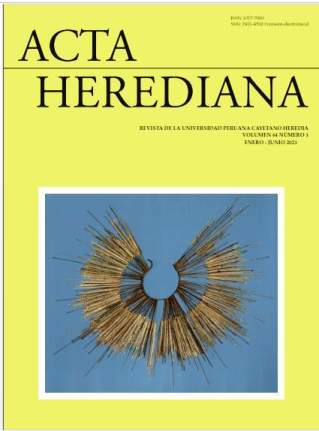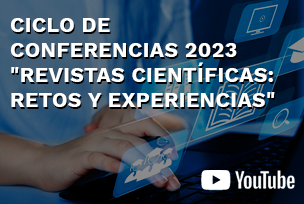Authenticity of 17th-century Cusqueño art in the work of José Uriel García (1922-1925)
DOI:
https://doi.org/10.20453/ah.v64i1.3905Abstract
The article is a look at the historical-artistic reflections of José Uriel García (1894-1965) on Cusqueño art, written between 1922-1925. Speech in which the creation of Peruvian artistic history prevails through new aesthetic values proposed in the creation of the artistic object. His worth tries to demonstrate the presence of genuine art in Cusco. In this sense, through artistic historiography, an attempt was made to have important approaches to explain the development of the concept of plastic authenticity of the author. And, also, the factual relationship between work of art and artist, disseminated artistic reproductions.The analysis of the results made it possible to observe the following aspects. The authenticity of 17th-century Cusqueño art is manifested in the buildings of churches and peripheral parishes in popular neighborhoods.The same for painting and sculpture, whose principle of validity is demonstrated in the deformation of the Baroque style to introduce new aesthetic values, Inca ornaments, mixed faces, etc.
Downloads
Published
How to Cite
Issue
Section
License
All articles published in Acta Herediana are under a Creative Commons Reconocimiento 4.0 International license.
The authors retain the copyright and grant the journal the right of first publication, with the work registered with the Creative Commons License, which allows third parties to use what is published whenever they mention the authorship of the work, and to the first publication in this magazine.
Authors can make other independent and additional contractual agreements for the non-exclusive distribution of the version published in this journal, provided they clearly indicate that the work was published in this journal.
The authors can file in the repository of their institution:
The research work or thesis of degree from which the published article derives.
The pre-print version: the version prior to peer review.
The Post-print version: final version after peer review.
The definitive version or final version created by the publisher for publication.








